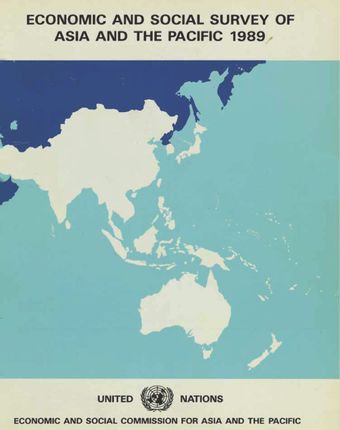Growth and transformation process in the Asian least developed countries

- Author: United Nations Economic and Social Commission for Asia and the Pacific
- Main Title: Economic and Social Survey of Asia and the Pacific 1989 , pp 109-122
- Publication Date: December 1989
- DOI: https://doi.org/10.18356/eb61fdb4-en
- Language: English
The macro-economic performance of the Asian least developed countries exhibits great diversity, and, apart from Afghanistan, none of these countries experienced a negative growth trend, as have some heavily indebted countries of Latin America or sub-Saharan Africa. The small countries of Bhutan and Maldives achieved an impressive growth rate during the period 1980-1988, though from a narrow production base; they were the only least developed countries in the ESCAP region to have exceeded the average growth target of 7.2 per cent per annum envisaged in the Substantial New Programme of Action for the 1980s for the Least Developed Countries. During the same period Nepal’s economy experienced a sharp upswing from the modest expansion registered in the previous decade. However, the larger countries (Afghanistan, Bangladesh and Myanmar) registered a deceleration in economic growth in the 1980s. Generally, the agricultural sector remained dominant (except in Maldives) although the slow increase in output, of food grains in particular, relative to population growth, had adverse implications for non-agricultural activities in several Asian least developed countries.
-
From This Site
/content/books/9789210599030s005-c002dcterms_title,dcterms_subject,pub_keyword-contentType:Journal -contentType:Contributor -contentType:Concept -contentType:Institution105


